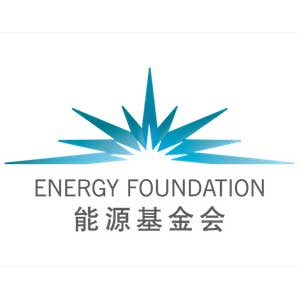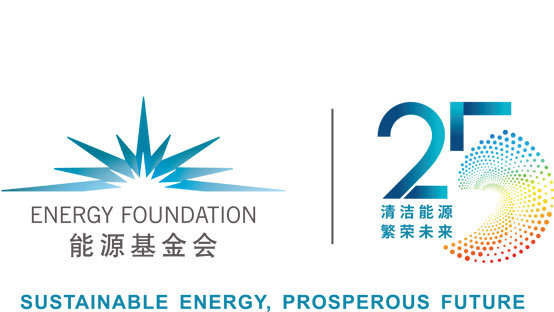Sep 24, 2020
During the 75th United Nations General Assembly held on September 22, 2020, President Xi Jinping announced that China will peak carbon emissions by 2030 and strive to realize carbon neutrality by 2060.
Jul 3, 2020
During the 14th Five-Year Plan (FYP) period, China will encounter the most complex and severe challenges in economic and social development since the reform and opening up. The short-term downward pressure will be increased by domestic structural, institutional, and cyclical problems in deepening reforms intertwined with the risk of potential reverse of economic globalization amid the global pandemic.
May 7, 2020
In late April, 2020, Beijing Municipal Ecology and Environment Bureau and Energy Foundation China (EF China) reviewed their cooperation in 2019 and kicked off new research programs for 2020, with attendees including Chen Tian, bureau chief; Li Xiaohua, deputy bureau chief; and Zou Ji, CEO and President of EF China.
Apr 11, 2020
In late March 2020, Energy Foundation China, Children’s Investment Fund Foundation, the Institutes of Science and Development of the Chinese Academy of Sciences, European Climate Foundation, Third Generation Environmentalism (E3G) and the China Council for International Cooperation on Environment and Development (CCICED) Secretariat organized an online expert meeting for the council’s Special Policy Study (SPS) on global climate governance and China’s role. More than 70 economics and climate experts from China, the UK, and European countries discussed what the current global responses to the Covid-19 pandemic and economic downturn are, how to shape a new growth story through green stimulus packages, and how to coordinate a low carbon stimulus with China’s near-, medium-, and long-term plans to promote high-quality development and modernization.
Mar 23, 2020
Cole Wilbur, co-author of Giving With Confidence: A Guide to Savvy Philanthropy, is a veteran grantmaker for philanthropic organizations. During his 23 years at the helm of The David and Lucile Packard Foundation, he helped grow the organization “from a small, obscure West Coast foundation to one of the 10 largest foundations in the United States”
Dec 23, 2019
Energy Foundation China proudly celebrated our 20 years of operating in China through a series of events and festivities in Beijing in November 2019. With an overall theme of “sustainable energy, prosperous future,” we hosted a number of forums and dialogues to celebrate the progress our community has made, while also keeping an eye on the challenges of the future.
Dec 22, 2019
In November 2019, Energy Foundation China hosted a roundtable to discuss the strategies and pathways for achieving deep decarbonization of the Chinese industry sector, as one of the events celebrating the foundation’s 20th anniversary.
Dec 19, 2019
Energy Foundation China released the following declaration as we celebrated our 20 years in China with a number of forums and dialogues in November 2019, sending a strong signal of the value of China-U.S. engagement.
Dec 17, 2019
In November 2019, , an Air Quality, Climate Change, and Human Health forum was held at the Beijing International Hotel as one of the celebration events for Energy Foundation China’s 20th Anniversary.
Nov 27, 2019
In November 2019, board members of Energy Foundation China and senior representatives of international philanthropies in the field of climate change, environmental protection, and sustainable energy met Chen Jining, Mayor of the Beijing Municipality. Together, they witnessed the signing of a cooperation framework agreement between Beijing’s Municipal Ecology and Environment Bureau and Energy Foundation China (2019-2023) by Chen Tian, Director General of the bureau, and Zou Ji, CEO and President of the foundation.



